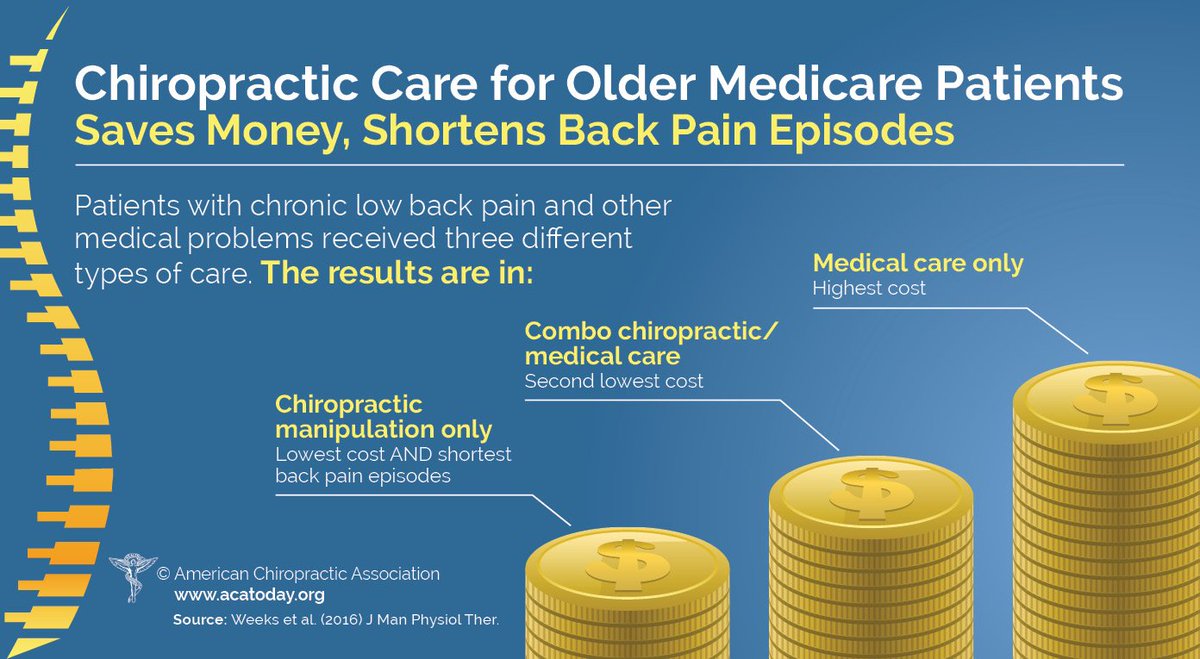As you check out the world of cold laser treatment, you'll reveal a realm of opportunities for pain relief that is both intriguing and efficient. The cutting-edge approach of utilizing light to deal with numerous disorders might just be the trick to unlocking a new degree of comfort and healing for you. So, why not find how read this post here -invasive treatment is improving the landscape of pain management and offering want to those seeking natural remedies for their discomfort?
Comprehending Cold Laser Therapy
To understand cold laser therapy, you need to realize the fundamental principles behind this non-invasive therapy method. https://waylonicxql.blog-ezine.com/31253068/unlocking-the-secrets-of-cold-laser-therapy-for-optimal-health , also known as low-level laser therapy (LLLT), utilizes details wavelengths of light to communicate with tissue. The light energy penetrates the skin and is taken in by cells, setting off a collection of organic responses. quit smoking ct help advertise recovery, lower swelling, and reduce pain.
The crucial to comprehending cold laser treatment hinges on its capacity to promote mobile function. When the light energy is absorbed by cells, it boosts their metabolic rate and accelerates the manufacturing of ATP, the power source for cells. This increase in mobile activity can cause boosted blood circulation, cells repair, and pain relief.
Conveniences of Cold Laser Treatment
Using specific wavelengths of light, cold laser therapy offers a variety of advantages for pain relief and healing. One of the vital advantages of cold laser treatment is its non-invasive nature. Unlike surgical procedures, cold laser treatment does not need incisions, making it a safer and extra comfortable choice for numerous people.
Additionally, cold laser treatment is known for its ability to decrease swelling. By targeting swollen areas with concentrated light energy, the treatment assists to decrease swelling and advertise quicker healing.
Furthermore, cold laser treatment is a preferred option due to its marginal adverse effects. Unlike some medicines that can trigger damaging responses, cold laser treatment is mild on the body and typically well-tolerated. This makes it an appropriate alternative for people looking for a natural and low-risk pain alleviation option.
One more considerable advantage is the quick healing time related to cold laser treatment. Given that the therapy stimulates the body's all-natural recovery procedures, individuals typically experience fast renovations in their problem without the requirement for extended downtime.
Problems Treated With Cold Laser
Cold laser treatment properly treats a selection of problems ranging from bone and joint injuries to chronic pain. For musculoskeletal injuries like strains, strains, and tendonitis, cold laser treatment can help in reducing swelling, alleviate pain, and promote cells fixing. It's also advantageous for dealing with joint inflammation by lowering joint pain and rigidity.
Additionally, Recommended Website can assist in speeding up the recovery process for wounds and injuries by improving circulation and advertising cell regrowth.
Persistent pain conditions such as fibromyalgia, neuropathy, and lower back pain can likewise be effectively taken care of with cold laser therapy. The therapy works by targeting the resource of discomfort and setting off a biochemical cascade that minimizes pain sensitivity and inflammation.
Moreover, conditions like repetitive strain injury, TMJ conditions, and plantar fasciitis can gain from the pain-relieving and anti-inflammatory impacts of cold laser treatment.
Verdict
Finally, cold laser treatment is a risk-free, effective, and non-invasive therapy choice for discomfort alleviation.
With its capacity to advertise healing, minimize swelling, and minimize pain, this ingenious treatment offers a natural and low-risk alternative to operations.
Whether you're dealing with chronic discomfort, sports injuries, or joint inflammation, cold laser treatment can supply relief and improve your quality of life without the demand for intrusive interventions.
